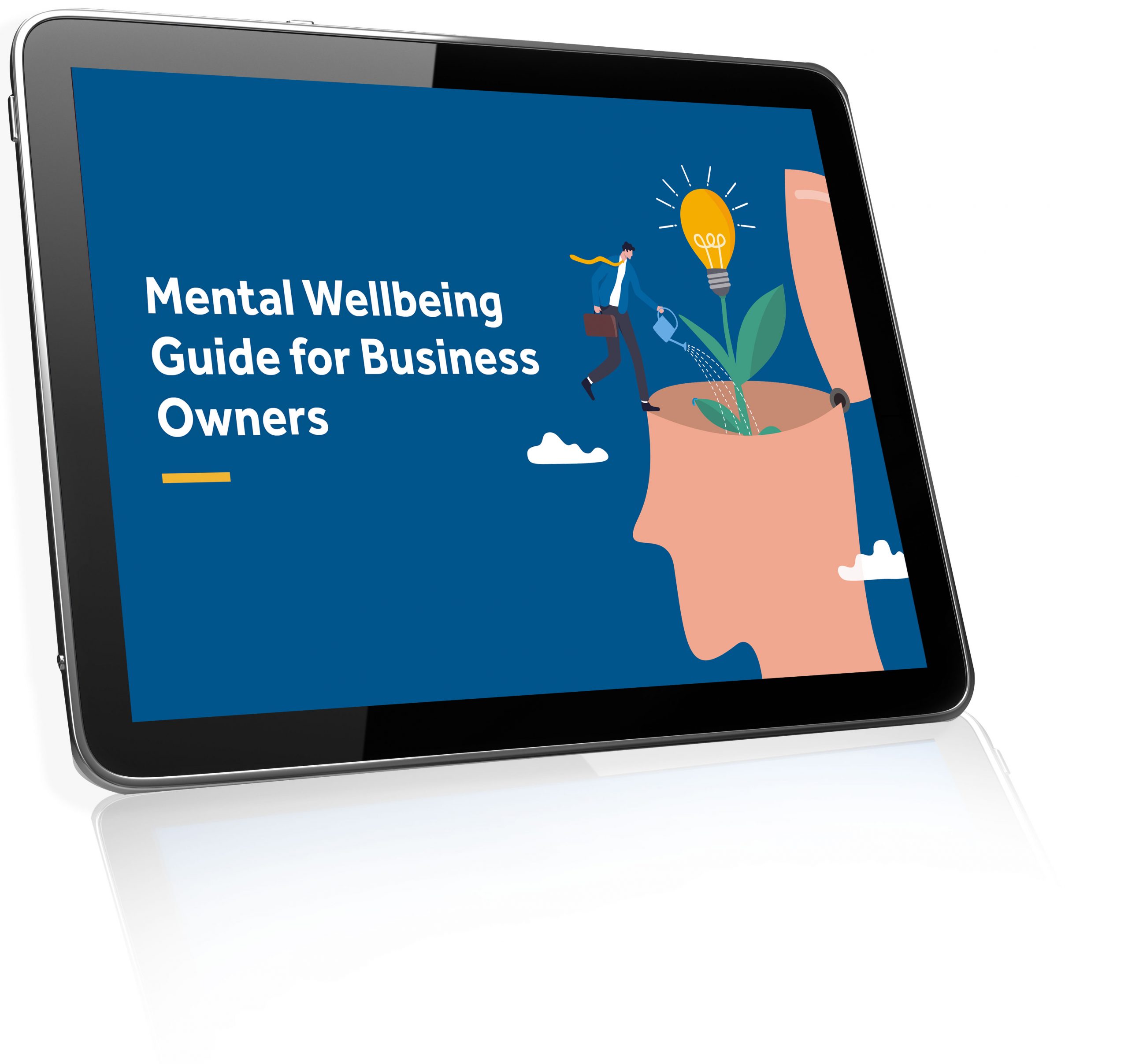
A survey conducted by Statistics New Zealand has found that 1 in 5 New Zealand workers report always being stressed by work. Work-related stress and fatigue can affect productivity, physical and mental health of you and your employees. As we shift towards a remote working environment, it is important to remember that remote employees are also exposed to work health and safety risks, including risks to mental health.
Mental Health Awareness Week is 26 Sep- 2 October in New Zealand. The theme is ‘Reconnect’ which is an undeniably great way to focus on supporting mental wellbeing of remote employees. The pandemic has markedly changed our style of working and forced several employees and business owners to pivot to remote working. The upside is remote employees can save time, money, and energy as they can work from anywhere. However, it comes with its peculiar set of challenges. Let’s find out what they are and how you can manage the psychosocial risks for workers who are working from home or working remotely.
A worker who is ‘working from home’ is someone who does work in their home or an equivalent location, rather than at their Person Conducting Business Undertaking (PCBUs) premises. This includes an employee that works from home on part-time or full-time basis, or a contractor engaged to carry out work.
Mental health risks for remote employees
You must first learn to identify mental health risks when employees work from home or work remotely.
Lack of social connection- Remote employees are likely to feel excluded or left out. It becomes harder to connect with colleagues or the team. Employees who work from home have trouble navigating professional relationships and forming effective connections.
Poor work environment- It becomes tricky for remote employees to create a stable work environment or space. Not everybody has space to build an office at home, or study. Most employees resort to working from their coffee tables, couches, or dining tables. It can also lead to distractions, lack of focus, and poor engagement.
Blurring of lines between work and personal lives- A common concern faced by remote employees is the blurring of boundaries between work and home. Employers feel that employees prioritise personal lives higher than work while working remotely but employees believe the opposite is true. Working from home regularly leads to work seeping into their personal life, such as constantly checking emails or logging in, inability to switch off, and the need to be consistently available.
Poor work design- A poor work environment leads to poor work design. Remote employees are at the risk of accepting work just because they seem available. They are unable to design their workload efficiently.
Loss of culture- If your team has remote employees, there are lesser opportunities to build work culture and bonding. They also don’t get an opportunity to engage personally with other employees or team members.
How can you identify struggling remote employees?
It can be extremely hard to notice struggling remote employees. Since you may not see them often (or even regularly), it can take time to notice something’s off. Everyone reacts to stress differently so there is no definite way to identify remote employees who are stressed or anxious. But we have tried to list some general ways to gauge employee mental health and comfort levels.
Lack of interest in work
Decrease in productivity
Missing meetings and deadlines
Increased sick leave
Excessive working (emails sent outside work hours, projects completed rapidly, constantly available for work)
Change in tone (short messages, abrupt communication)
Avoid offering input or feedback
Avoid collaboration or teamwork
As an employer, you should try to eliminate work health and safety risks so far as is reasonably practicable. If it is not reasonably practicable to eliminate the risk, it must be minimised so far as reasonably practicable. This includes the risks to employee mental health from working from home.

Mental Wellbeing Guide for Business Owners
Being a business owner can be overwhelming! There’s a lot to be across, from managing day-to-day operations, paying wages, dealing with rising business costs, hiring and managing staff, and ensuring you have the right processes and documents in place. These challenges can have a real impact on your mental wellbeing. While you’re looking out for the wellbeing of your staff, who’s looking out for yours?
Download our FREE Mental Wellbeing Guide for Business Owners today!
What can you do to support remote employees?
Mental wellbeing is a spectrum and people can go through different emotions and feelings. There are practical actions you can take to ensure you are managing psychosocial risks for your remote employees.
Improved work design
Remote employees bear the brunt of poor work design. Work design includes tasks being done, time frames, and also how they are completed. Excessive workloads, short deadlines, inflexible work schedules or uncertainty of work can increase the risk of poor mental health. Focus on creating an effective workflow for remote employees.
Set expectations
Remote employees must balance work, possibly handle childcare duties, look after their families, and other commitments. You should engage with employees and set clear expectations. What does it mean? Talk about setting clear expectations of what it means to work remotely or work from home. Schedule regular check-ins to keep yourself updated. Adjust the expectations and workload as necessary. Workloads are bound to fluctuate and change. Re-visit plans and deadlines if you feel employees are getting stressed.
Every employee is unique
It is easy to use a generic approach for all employees working under you. This can cause friction or frustration among your staff. Some workers prefer communicating over video, while some want to get on a phone call immediately and discuss everything. Understand what suits your employee and modify your approach. Encourage them to feel comfortable and ask for what they need from you.
Communicate clearly
Remote working tends to run the risk of people working in an intense and concentrated way. They work for long and unbroken spells at home, causing a spike in productivity. This can further intensify work and result in mental health harm. Communicate clearly with your employees. Sometimes its all about asking simple questions like-
Are you okay?
What do you need?
How can I help?
Is there anything that needs to be changed/improved?
Do you need to talk to a professional?
Alter the questions depending on the situation and the employee. Remember that you should not offer medical advice, instead direct them to qualified medical professionals if the need arises.
Assess risks
Employers have a duty of care even when employees work from home. You should take practical actions to minimize the mental health risks arising from working from home.
Is the work environment designed effectively?
Does the employee have a suitable workstation?
Have you conducted a risk assessment of their work area?
Do they have access to adequate equipment?
Can they borrow equipment from work?
Implement relevant policies
Putting relevant and concise remote working policies can protect your business and employees. These policies should be created, refined, and agreed in consultation with workers. Your policy can include things like:
Adverse effects of remote working on mental health- This can be an acknowledgment that risks exist, and you are aware of them. You should also indicate the steps you are undertaking to avoid those potential risks.
Steps to consistently follow before remote working- How does the application and approval process work? What do employees need to do before they opt for remote work?
Resources for remote workers- List the resources available to support employees working from home. It should include the software, numbers, and systems they need to know for remote work.
Duties of a manager- What should managers specifically do? How should they handle remote employees particularly?
You can also call experts such as Employsure to assist you in putting the right policies in place. Having worked with 6,000 businesses across New Zealand, we specifically understand the needs of small business owners and the challenges they face. Call our 24/7 helpline today.
